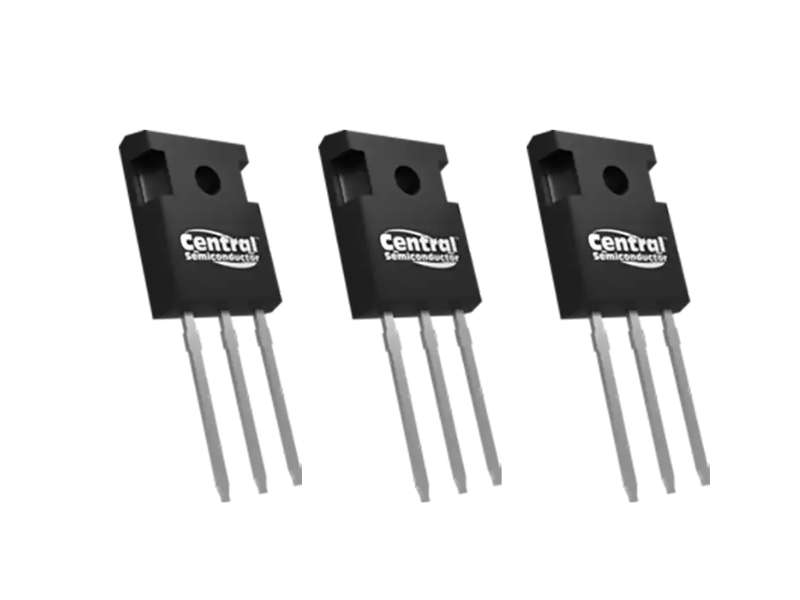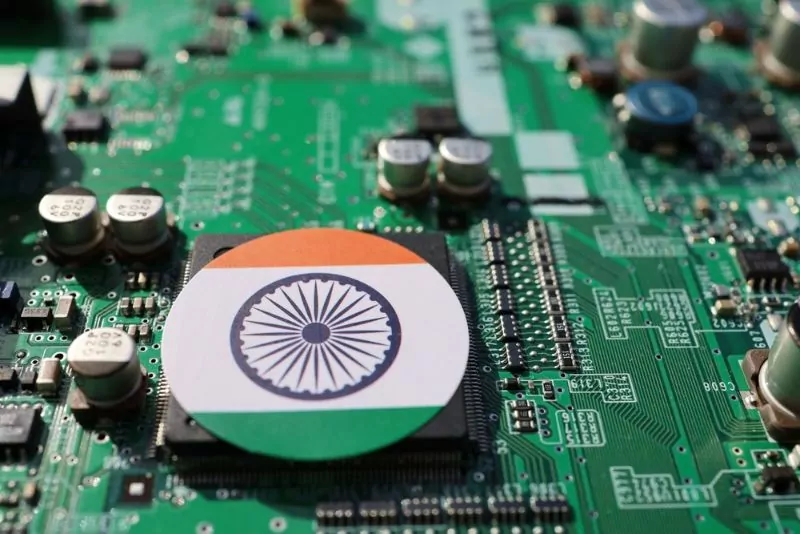A new TrendForce study predicts panel makers will see renewed sales and improved revenues as they enjoy lower operating costs from cheaper upstream components.
Starting from early 2Q20, IT brands gradually increased their panel orders to meet the rising demand from WFH and distance education, subsequently driving up a strong demand for IT panels. As Europe and the U.S. reopen economic activities later on in 2Q20, TV brands have also begun replenishing their inventories, steadily raising the overall demand for panels.
TrendForce forecasts a 2.5-2.8% decrease QoQ in TV panel cash costs and a 2.9-3.2% decrease QoQ in IT panel cash costs in 2Q20. With regards to 65-inch TV panels, their average cash costs may fall to as low as US$160, which is close to their quoted levels.
“In an era of massive IoT deployment, the display screen remains a crucial interface for communicating data, but the display industry is expected to move towards an ecosystem of low quantity and high variety, which applies to panels including Mini LED/Micro LED, video wall panels, automotive display panels, specialized medical and industrial-use display panels, among others, meaning it is increasingly difficult for panel makers to profit from economies of scale, which had been the industry’s traditional business model,” says TrendForce.
Astute Electronics – Bringing you Safe Supply with the latest insights from trusted sources.






